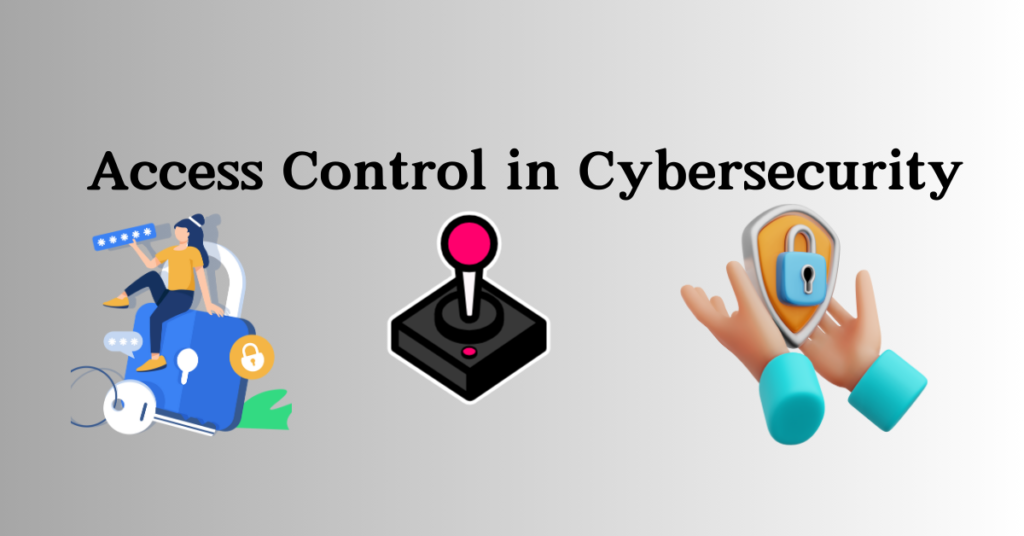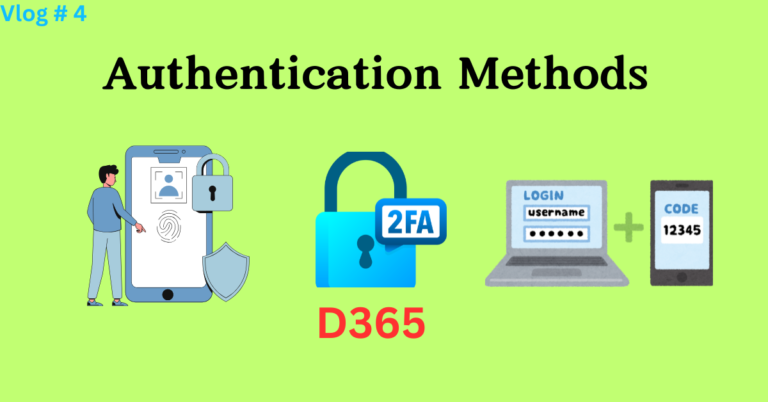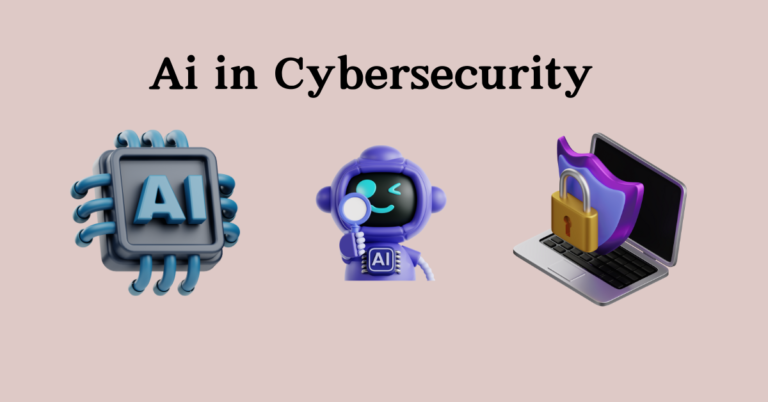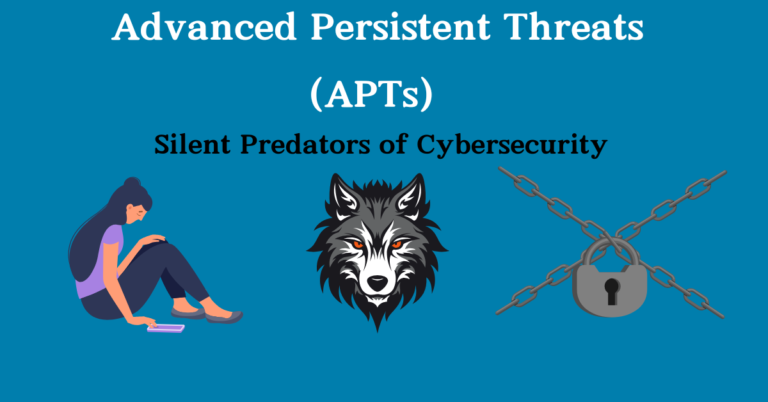
Access control is a cornerstone of cybersecurity. Think of it as the security guard of a digital system, deciding who gets in, what they can do, and what they can’t. Today, let’s break it down step by step, as if we’re in a classroom, ensuring both a clear understanding and actionable knowledge. By the end of this lesson, you’ll have a solid grasp of access control, the tools used, and the practical methods to implement it.
What is Access Control?
Let’s imagine your favorite coffee shop. The entrance is open to everyone, but only the staff can enter the kitchen. Similarly, access control in cybersecurity ensures that users have access only to the parts of a system they’re allowed to use. For example:
- A regular user can view their account details but cannot access administrative settings.
- An HR manager can access employee records, but not the company’s financial data.
In technical terms, access control is the process of determining and enforcing permissions based on roles, responsibilities, and the principle of least privilege (users get only what they need to do their jobs).
Why is Access Control Crucial in Cybersecurity?
To understand its importance, let’s look at real-life analogies:
- Protecting Sensitive Data: Imagine your bank vault. Without proper access control, anyone could walk in and take cash.
- In cybersecurity, access control prevents unauthorized users from accessing sensitive information like customer details or trade secrets.
- In cybersecurity, access control prevents unauthorized users from accessing sensitive information like customer details or trade secrets.
- Minimizing Damage: If a hacker breaches a system, access control can limit their reach. It’s like locking each room in a house; even if they break into one, they can’t enter others.
- Ensuring Compliance: Many industries, such as healthcare (HIPAA) and finance (GDPR), require strict access control measures to protect data privacy.
Types of Access Control
- Discretionary Access Control (DAC):
- Owners decide who can access their resources.
- Example: You share a Google Doc and grant editing rights to your friend.
- Mandatory Access Control (MAC):
- The system, not the owner, enforces permissions.
- Example: Military systems classify data as “Confidential” or “Top Secret,” and only authorized users can access it.
- Role-Based Access Control (RBAC):
- Permissions are tied to roles, not individuals.
- Example: In an organization, “Managers” have specific rights, and “Employees” have different ones.
- Attribute-Based Access Control (ABAC):
- Decisions are made based on user attributes, such as location, device, or time.
- Example: Employees can access files only during office hours from company devices.
Tools for Access Control in Cybersecurity
Here are some popular tools that make access control robust and efficient:
- Okta:
- Used for single sign-on (SSO) and multi-factor authentication (MFA).
- Ensures that only verified users can access systems.
- Azure Active Directory (AAD):
- A cloud-based directory for managing user identities and access.
- Commonly used in enterprise environments.
- CyberArk:
- Specializes in privileged access management.
- Ensures that high-level accounts are protected.
- AWS Identity and Access Management (IAM):
- Manages access to AWS resources.
- Supports fine-grained access control policies.
- Duo Security:
- Provides two-factor authentication to enhance login security.
- Provides two-factor authentication to enhance login security.
Tips for Effective Access Control
- Audit Regularly:
- Periodically review user permissions.
- Remove access for inactive or departed users.
- Use the Principle of Least Privilege:
- Grant users the minimum permissions necessary for their tasks.
- Grant users the minimum permissions necessary for their tasks.
- Monitor for Anomalies:
- Use tools like Splunk or LogRhythm to detect unusual access patterns.
- Use tools like Splunk or LogRhythm to detect unusual access patterns.
- Educate Employees:
- Train users on best practices like password security and identifying phishing attempts.
- Train users on best practices like password security and identifying phishing attempts.
Conclusion
Access control is the backbone of any secure system. It’s not just about locking doors; it’s about ensuring the right people have the right keys at the right time. By understanding the types, tools, and practical implementation of access control, you’re taking a step toward a more secure digital environment.
Remember, cybersecurity isn’t just a technology problem; it’s a people and process problem too. Use access control wisely, and you’ll significantly reduce risks in your systems.





1 thought on “Access Control in Cybersecurity”